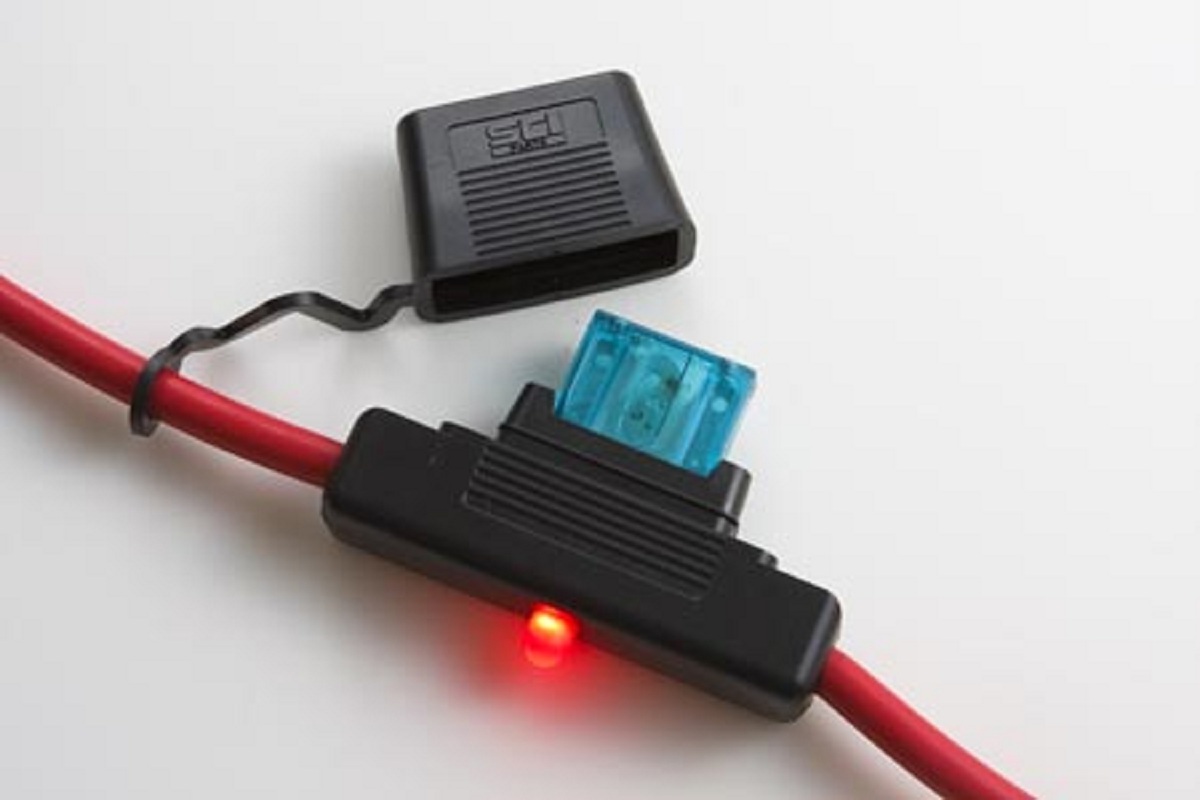Gents,
Thanks for your input. I went to the hardware store today, and one of the employees happened to be an electrical engineering graduate student. Yay! With his help, I was able to source all supplies accept for the power supply right there. I prefer to deal with a local business, as this is a.) good for me as I learn something and save on shipping, b.) good for the local economy, and c.) facilitates exchanges when I invariably get the wrong thing.
Below please find the components, from left to right:
DPDT switch for direction control -> fan speed controller for speed control (I just liked the slide vs. the knob) -> fuse holder and 5 Amp fuse (all they had) -> Socket for power sources to track -> male connecter for wires leading to track. The lot cost me $65 for enough to make two controllers, which is about what it would’ve cost me online.

I have a bunch of wire left over from a ceiling fan I installed. I figured I didn’t have to show that! Beyond that, anything I should return / exchange / suck up and order on line?
I am still debating the laptop style power source vs. the “desk top” style power source. The former seems more rugged and has no exposed terminals; the latter would allow for one control box and minimize chords but leave the 110V wires nominally exposed. I can see what might be available locally, then go from there.
Again, I really appreciate the help and advice. This has saved me a bundle to date.
Have a great week!
Eric


